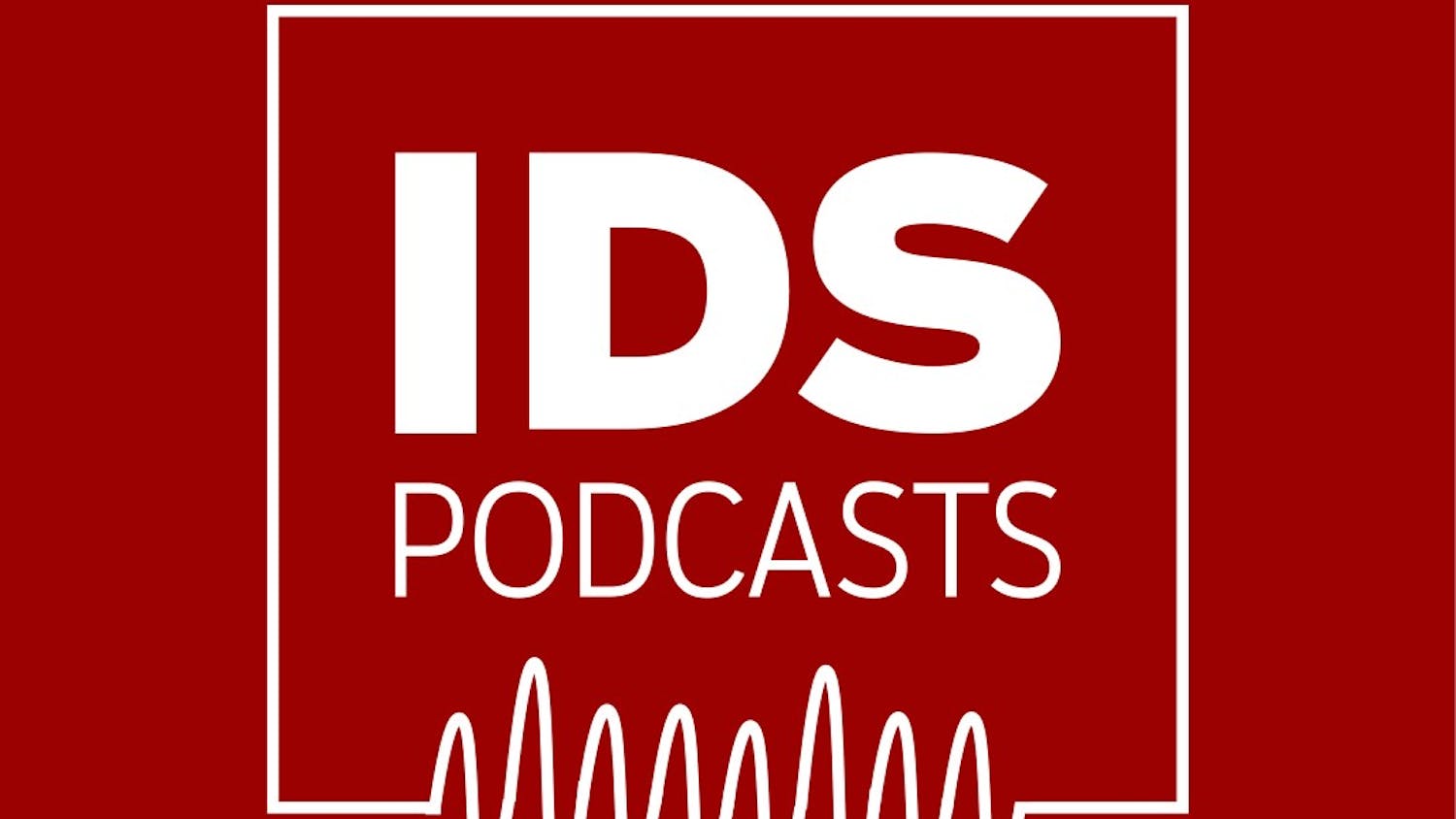Friday, Sept. 20
The Republican majority House of Representatives passed a continuing resolution to fund the government through the middle of December as well as defund the Affordable Care Act.
Monday, Sept. 23
The House’s resolution is called up by Senate Majority Leader Harry Reid, D-Nev., and a motion is filed to set up initial votes on the measure.
Tuesday, Sept. 24
Freshman Sen. Ted Cruz, R-Texas, began a more than 21-hour speech on the Senate floor, speaking out against Obamacare. Senate procedures would force Cruz to yield the floor by Wednesday afternoon, and he stopped his marathon speech at noon.
Wednesday, Sept. 25
At 1 p.m. the Senate unanimously voted to defeat the first filibuster attempt and proceeded to consideration of the bill passed by the House that would keep the government open past Monday.
Senate rules allowed for 30 more hours to debate the motion before formally approving the start of debates, but at about 8 p.m. the Senate approved the start of the debate after a voice vote.
Reid then filed a second motion setting up the next vote on Friday to prevent any further filibuster attempt by opponents of Obamacare.
If the vote received 60 ayes, a time for the final vote on the House bill would
be set.
Thursday, Sept. 26
Speaker of the House John Boehner, R-Ohio, presented a strategy to get the government through a series of deadlines to avoid a first-ever default on national debt.
The plan, which urged conservatives to shift their attack on the Affordable Care Act to discuss the federal debt limit, was shut down by the Republican Party.
Friday, Sept. 27
The Senate voted 79-19 to move forward with the bill, getting the 60 votes needed to prevent further filibusters.
Reid proposed an amendment to remove portions of the bill that would defund Obamacare. In a 54-44 vote the Senate approved restoring funding. All republicans voted against it. Moments later, with the same 54-44 vote, the overall bill was approved.
After, President Obama lectured GOP leaders that the easiest move forward would be to approve the Senate’s adjustments.
Saturday, Sept. 28
In a rare Saturday session, Boehner and House Republican leaders issued a statement detailing three main changes to their legislation in a new strategy that revoked their former demand to defund the health-care law entirely.
The changes included
A one-year delay of all elements of the Affordable Care Act.
A permanent repeal of the device tax that funded portions of the law.
Funding for the government through mid-December
Reid spoke out against the Republican’s new legislation, vowing that the Senate would once again reject the House Bill.
The House passed the new amendment in a 231-192 vote, forcing the Senate to debate legislation that would not include funding for the Affordable Care Act.
Monday, Sept. 30
Congress now has until midnight to come to an agreement to avoid the first government shutdown in 17 years.
It is predicted the Senate will once again remove the House’s amendment regarding Obamacare. This would send the bill back to the House to approve or change the Senate’s amendments.
Tuesday, Oct. 1
Either a shutdown is avoided or all government services deemed non-essential will be halted and employees will be sent home on furlough.
The current effect is not fully known because many agencies have yet to issue a list of how many employees would be listed as non-essential.
The last two government shutdowns were within about a month of each other during the Clinton administration.
There was a shutdown from Nov. 13-19, 1995, and a longer shutdown from Dec. 15, 1995, to Jan. 6, 1996.
About 800,000 federal workers were furloughed in November, and almost 300,000 were furloughed in December with about 500,000 employees working without pay.
Timeline of steps in potential government shutdown
Get stories like this in your inbox
Subscribe



